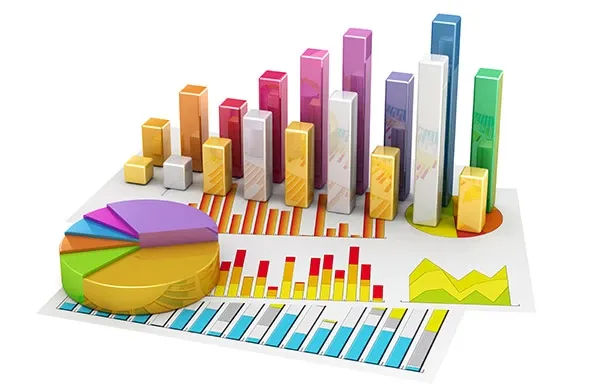Business Users and Developers Are the Main Opportunities for AI PCs
AI is coming to the PC, but Apple and NVIDIA already have a lock on creative and gaming users, says a new Omdia report.

After three consecutive years of growth, with year-over-year growth of 13.2% in 2018, the latest forecast update to the Semiconductor Applications Forecaster (SAF) from IDC forecasts that worldwide semiconductor revenue will decline to $440 billion in 2019, down 7.2% from $474 billion in 2018. The SAF also forecasts that semiconductor revenues will recover in 2020 and log a compound annual growth rate (CAGR) of 2.0% from 2018-2023, reaching $524 billion in 2023.
After a multiyear growth cycle of strong demand and appreciating average selling prices (ASPs) for DRAM and NAND, the end of last year brought oversupply, which will continue throughout the year and into 2020. Despite the challenging fourth quarter, the memory markets grew to $99 billion and $55 billion in 2018 respectively, reflecting year-over-year growth rates of 36% and 12% for 2018. Excluding DRAM and NAND, the overall semiconductor market grew by 8% year over year. For 2019, non-memory semiconductors are forecast to grow 1% to $319 billion. Both DRAM and NAND are expected to decline in 2019 and 2020.
The strong memory market resulted in Samsung Electronics retaining the top semiconductor manufacturer position and enabled memory manufacturers to be three of the top four semiconductor companies this past year. Revenue concentration also continues to increase for the overall market, with the top 10 companies making up 62% of the semiconductor market compared to 60% in 2017 and 56% in 2016.
IDC expects market consolidation will begin to accelerate as the industry gets more clarity on the trade tariff dispute between China and the U.S. So far this year, there have already been six notable M&A deals announced and one large divestiture by Intel. IDC expects more moves in 2020 and 2021 in the sensor, connectivity, automotive, and AI and computer vision markets as suppliers look to drive more top-line growth and improve access to new markets.
While the computing industry experienced strong growth in 2017 and 2018, the SAF forecasts semiconductor revenue for the computing industry segment to decline 5.1% this year but will show a positive CAGR of 1.3% for the 2018-2023 forecast period. Two bright spots for the computing segment are x86 servers and SSDs, growing with an 11.3% and 9.8% CAGR respectively for 2018-2023.
Semiconductor revenue for the mobile wireless communications segment will grow 1.8% year over year this year with a CAGR of 4.8% for 2018-2023. Semiconductor revenue for 4G mobile phones will experience a slowdown as 5G phones begin to ramp up in 2020, becoming mainstream by the middle of the next decade. RF subsystem in mobile devices will continue to drive the majority of the revenue growth as the subsystem continues to support more complexity, additional antennas, and the increase in bands on every phone.
The consumer semiconductor segment will grow at a 6.4% CAGR for 2018-2023 as consumer IoT devices and home automation continue to gain traction and scale. Connected devices will continue to drive more sensors and processing at the edge.